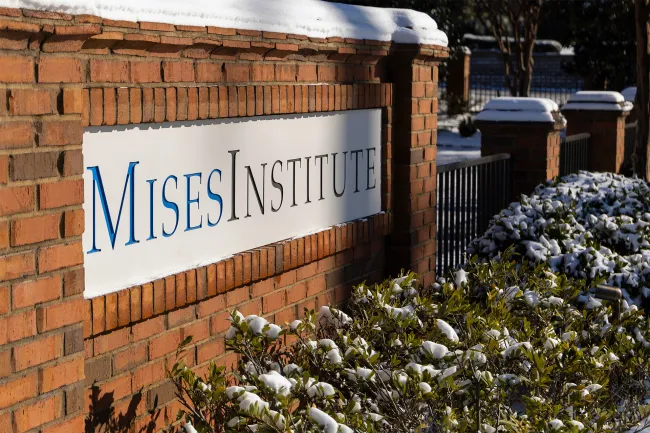Does a Decline in “Aggregate Demand” Cause a Recession?
Keynesian orthodoxy claims that the cause of recessions is a decline in so-called aggregate demand. Besides confusing cause-and-effect, Keynesians don't understand that downturns are the result of malinvestments made during the boom because of central bank interference in the economy.





